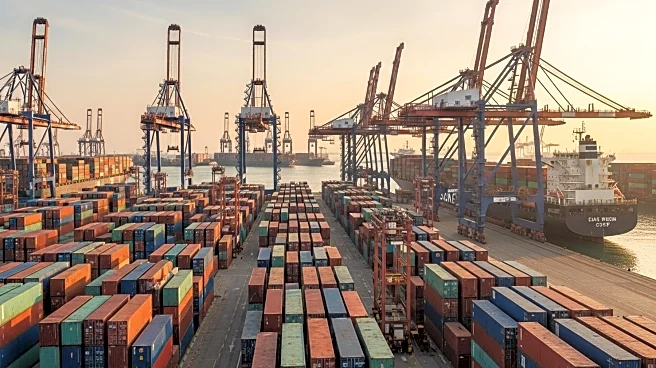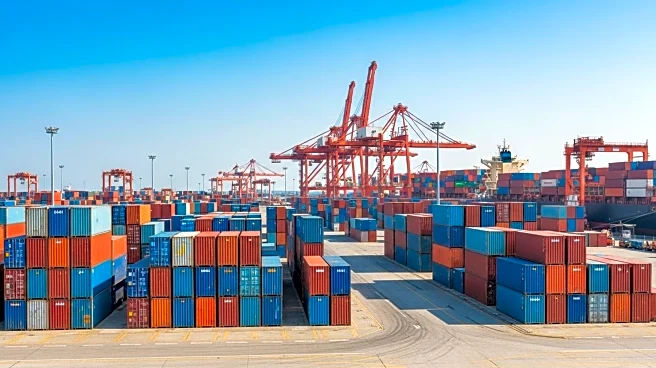What is the story about?
What's Happening?
The World Literacy Foundation has released a report indicating a rise in global illiteracy rates, with an average increase of 2.2% in 2024 and 2025. The report highlights that 773 million people worldwide are unable to read, and 61% of children from low socioeconomic backgrounds do not own a single book. The economic impact of illiteracy is significant, costing the global economy an estimated $1.4 trillion annually. The report underscores disparities in literacy rates, with Sub-Saharan Africa having the highest illiteracy rates, while Singapore leads in literacy. Technology is identified as a potential solution, with e-books and online resources aiding literacy efforts.
Why It's Important?
The rise in illiteracy rates poses a substantial challenge to global economic growth and societal progress. Illiteracy limits individuals' ability to access information, participate in economic activities, and make informed decisions, thereby hindering personal and community development. The economic cost of illiteracy, estimated at $1.4 trillion annually, underscores the urgency for effective literacy initiatives. Addressing this issue could yield significant economic returns, as every dollar invested in literacy is projected to generate a $13 return. The report calls for increased efforts from governments, NGOs, and private sectors to bridge the literacy gap.
What's Next?
The World Literacy Foundation urges stakeholders to enhance literacy initiatives, leveraging technology to provide wider access to educational resources. Governments and organizations are encouraged to invest in literacy programs, particularly in regions with high illiteracy rates like Sub-Saharan Africa. The report suggests that targeted investments in literacy could drive economic growth and societal advancement, emphasizing the need for collaborative efforts to address disparities and improve literacy rates globally.
Beyond the Headlines
The report highlights the ethical and social implications of illiteracy, particularly for children from low-income families and ethnic minorities who face the highest risk. The disparity in literacy rates reflects broader inequalities in access to education and resources. Addressing these challenges requires a multifaceted approach, integrating technology and community-based initiatives to ensure equitable access to literacy tools. The long-term impact of improved literacy rates could lead to more inclusive and informed societies, fostering greater economic and democratic participation.
AI Generated Content
Do you find this article useful?















